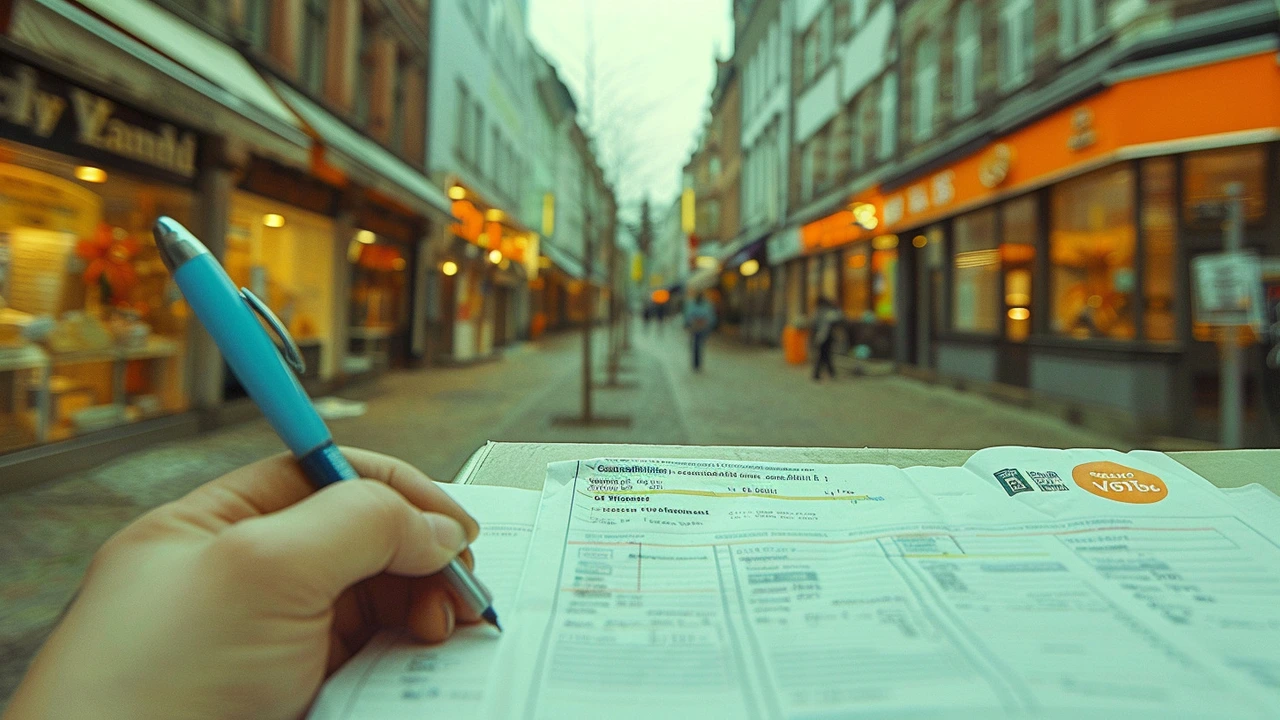EU Elections Explained: Your Quick Guide to Voting and Impact
If you’ve ever wondered what the EU elections actually mean, you’re not alone. Millions of Europeans head to the polls every five years to choose who sits in the European Parliament. That single decision shapes trade rules, climate policies, digital rights and even how much power your national government has over the continent.
Who Can Vote and When
First things first: you need to be eligible. If you’re a citizen of any EU member state, are at least 18 years old (some countries allow 16), and have registered with your local election office, you can cast a ballot. The voting window usually opens in early June and runs for about two weeks, giving you flexibility if you travel or work odd hours.
Most countries let you vote in person at designated polling stations, but many also offer mail‑in ballots or online voting options for citizens living abroad. Check your national election website for exact dates, locations and any special procedures – missing a deadline can mean your voice stays silent.
What’s on the Line?
The European Parliament may sound distant, but its decisions hit home. It approves the EU budget, influences climate targets, decides on digital privacy rules and shapes trade deals that affect everything from food prices to smartphone warranties. The parties you vote for will push forward different priorities: some focus on stronger integration, others champion national sovereignty.
Key issues this cycle include the EU’s green transition, migration policy, digital market regulation and the future of the single currency. Knowing where each party stands helps you match your values with a candidate that actually represents them.
Don’t forget that turnout matters. Historically, voter participation in EU elections lags behind national elections, giving more weight to motivated groups. Your vote can tip the balance on close races and affect which political blocs control committee chairs and leadership positions.
How to Make Your Vote Count
Before you head out, do a quick research sprint: browse candidate lists, read short party manifestos (they’re usually just a few pages) and watch a couple of debate clips. If you’re unsure about the ballot layout, many national election sites provide printable guides or interactive tools that show you where to mark your choice.
On voting day, bring a valid ID – some countries require it, others accept just a voter card. Arrive early if you can; lines tend to grow after lunch. If you’re using a mail‑in ballot, double‑check the envelope sealing instructions and send it well before the deadline.
Finally, share what you’ve learned with friends or family. A simple conversation can boost turnout in your community and make the EU elections feel less abstract.

Denmark's Postal Vote Deadline Approaches for EU Parliamentary Elections
Jun 6, 2024 / 7 Comments
Denmark's postal votes for the European Union parliamentary elections are set to close on Thursday, June 6th, at 1600. Eligible voters can post their votes at designated locations within their municipalities until the deadline. Upon casting a postal vote, voters cannot vote on the actual election day, June 9th. Denmark will elect 15 representatives to the European Parliament.
READ MORERECENT POSTS
- Spice Up Your Heritage Day Braai with Sheba Sauce
- AC Milan Hosts Exclusive Meet&Greet with Star Defender Matteo Gabbia
- Pan African Symposium: UFH academic wins Best Paper for research on professionalising South Africa’s human settlements
- Harry Kane's brace fuels Bayern Munich's perfect start and pushes them five points clear at the top
- Shannon Sharpe's Shocking Instagram Live incident: Porn Site Offers Deal
